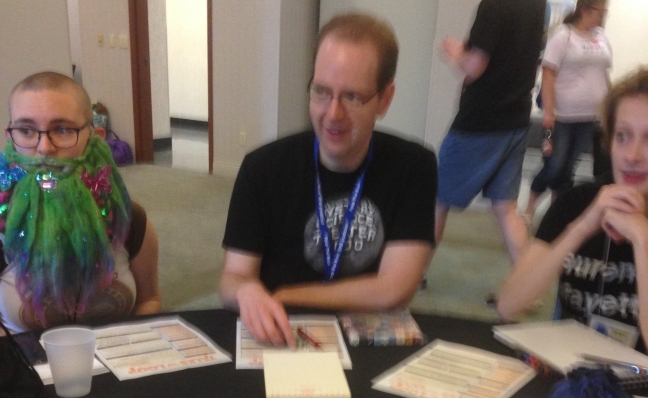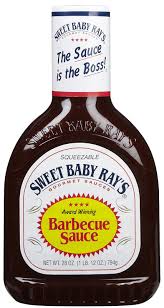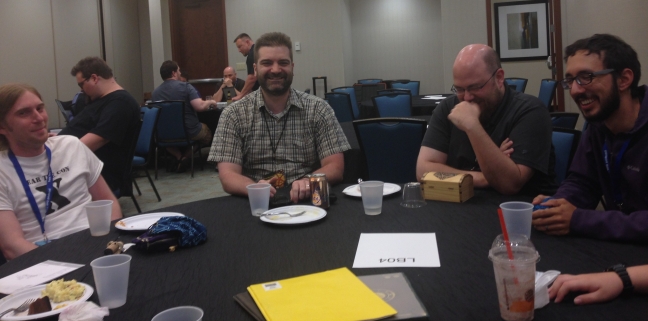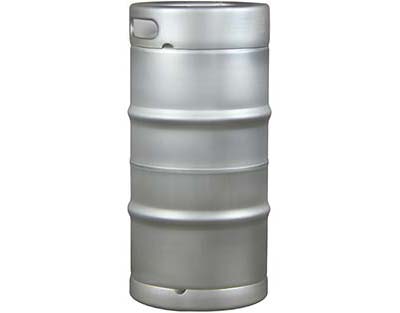Continued from Part One
SLOT 4: TRAIL OF CTHULHU: SECRETS OF WYRMFELL
This was the first game I signed up for this year. Nearly every year I go to Fear the Con there is a game system I really want to try just to see how it runs, and this year GUMSHOE was high on the list. While this was the first time I had ever gamed under Jeb Brack, he’s had a storied reputation as an excellent GM in the community, and I was in the mood for some investigative fun.
The opening premise was fairly simple. A noble lord (whose name escapes me now) that we had all had previous dealings with wanted to put together an expedition out to a strange burial mound he’d discovered out in the fells near his manor. This one, named Wyrmfell, was named such because it was in the shape of a serpent. He’d recovered some strange artifacts that pointed to the existence of a strange proto-human race on which legends of fae folk may have been based. I was playing a globe-trotting archeologist, and our group covered most of the best 20s pulp adventure tropes.
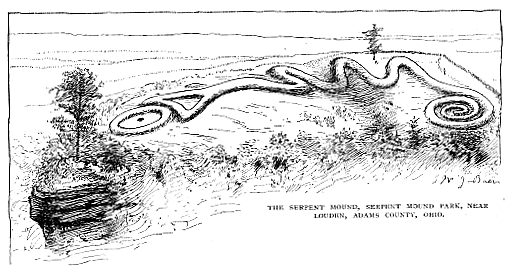
The game was a bit more pulpy and dungeoneering than I expected, but still was an absolute blast. The system was very easy to pick up and after the con I immediately got on my computer and purchased a PDF copy of Trail of Cthulhu, and have recently backed a Kickstarter for another GUMSHOE game, The Yellow King. The rule book is laid out in a slightly clunky manner, but knowing now how the game is supposed to work, I really look forward to using it a toolkit for my own stories. I love mysteries, but they are often quite hard to make work well in tabletop games, and I welcome any system that enables me to tell those sorts of stories well.
The biggest feature of note, for those not familiar with GUMSHOE, is how the game makes everything about resource management. Investigative skills are never rolled, merely spent point by point, meaning there are never moments where everyone fails there rolls and no one knows where to go to progress. You do have to manage what you spend where, but overall it makes for a much less frustrating investigation.
Really my takeaways from this game were that I needed to run GUMSHOE sometime and that if Jeb is this good at running GUMSHOE, he may actually be able to turn me around on GURPS. I’ll have to see how next year’s con scheduling turns out.
SLOT 5: SPIDERS OF MY MIND
This was a playtest for a game being worked on by the award winning game designer Chad Wattler of Morning Skye Studio and his compatriot and fellow Fear the Boot host Dan Repperger. Spiders of My Mind runs on a couple of base assumptions about the PCs. Everyone is a convicted murderer who’ve been sent to an insane asylum. Everyone is actually insane. Everyone did, in fact, commit murder. Now, given all that, something bad is going down in the asylum and it’s up to you all to do something about it, because no one in authority is going to believe you if you tell them that there is some grand conspiracy going down with the new head doctor and the Mexican mafia.
Anyone who has listened to Chad on Fear the Boot may well know that he’s an ardent supporter of tabletop rpgs as a storytelling medium first and foremost. That said, the Morning Skye oeuvre is not so much in opposition to game mechanics as they are to character-focused game mechanics, and this is true of SOMM as well.
What functions as your character sheet is written during the GM, Dan in our case, as he performs an interview on your character. The interview identifies your character, your initial diagnosis, three important people from your background, and three “manifestations” for your madness. Your character has no stats, no skills, no aspects, and no health track of any sort. Nothing about your character dictates what you are good at.
And yet somehow this game still managed to have a really engaging die roll mechanic.
During play, situations that would normally call for a die roll or skill check of some sort were handled by a roll of five FATE dice. For those unfamiliar, FATE dice, normally in sets of four, are six sided dice with two + signs, two – signs, and two blank faces. In FATE, you roll them to generate a number between +4 and -4, heavily bell curved.
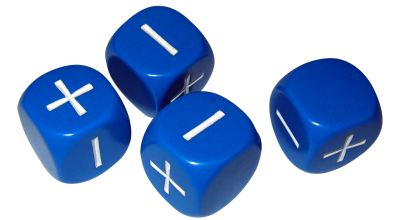
In SOMM, these dice are used to an entirely different effect. The + and – results do not negate one another. Rather, they represent two present factors, narrative control and consequences.
Given that you manage to roll at least one +, your character succeeds at whatever it was they were trying to do. For every + beyond the first, you get a greater degree of narrative control over how the events unfold. You may have wanted to knock a guard unconscious, but with additional + results, you may be able to declare that not only did you succeed, but you did so silently, and/or that he has a full set of keys to your wing of the hospital on him.
This is important, because after you expend your narrative control, then the GM gets to unload consequences on you based on the number of – results you rolled. So, maybe you were silent and got those keys, but now you hear his radio squaking and someone on the other end is expecting a response. Also there’s all the blood. It’s all over him, the floor, and your clothes. How unfortunate it would be if someone saw that.
One super important element of this mechanic is that the player always gets to make their declarations first, and the GM *cannot contradict them*. It’s a very “yes and” game, with the pressure to keep up the “yes and” tone placed primarily on the GM.
I could write an entire blog about the full mechanics of this game, and I probably will once the game comes out proper. There are mechanics dealing with banking away negative results and how that pushes the PCs towards mental breakdowns and a day and night cycle system wherein during the night the PCs act like PCs in a tabletop RPG but during the day they are closely watched and have to behave like patients in a hospital, complete with group therapy during which the game switches over to a more free form, almost FIASCO like exploration of the PC’s backgrounds. It’s already an amazing game and I look forward to seeing it’s final incarnation.
The game was overall a blast. I played the worst person I have ever played in a tabletop RPG. I was quiet, obsessed with details, certain that everyone hated me, and in absolute denial over any wrongdoing I had ever done. I didn’t kill people. Accidents happen to people. It is just a coincidence that we had just had an argument. Maybe if she had listened to me she wouldn’t have fallen down the stairs onto that knife fourteen times.
Our group also had a conspiracy theorist pyromaniac, a Charles Manson-esque manipulator, and a vampire. He didn’t have any powers, but he did tear open throats on occasion. We had a jolly romp and uncovered a horrible conspiracy. Then the head doctor fell into the boiler. I don’t know how that happened. Terrible accident.

That said, there were also some interesting wrinkles that came up. It was nothing big enough to disrupt the fun of the game, mind you, but it was interesting to see from a game design perspective.
First was an observation on the character generation system. Now, character generation went quite smoothly. Dan was clearly quite prepared and there was scarecly a moment’s hesistation between the end of the interviews and his presentation of our diagnosis and character writeup. That said, I have no idea how they are going to encapsulate that in document form for when the game is published. From the outside it looks like a combination of mental health related research and absolute GM magic. This isn’t so much a problem at the game table as much as a possible difficulty with the publication of the game that I cannot wait to see how they tackle.
Second was a phenomenon that came up in a couple diffferent games I played in but come up most often and most strongly in SOMM. On multiple occasions I noted players getting a deer in the headlights look when they realized they had narrative control and were expected to use it. To use the above example, a PC would attempt to knock out a guard, get a good roll, and the player would go “I knock him out real good!” Then, Chad would ask “Okay, what else?” and there would be this moment of bafflement as the player tried to come up with something. I don’t think this is a problem with the game, per se, nor, as I said before, was this the only game where I saw this happen.
I feel like this is a symptom of two major things. First, this kind of mechanic where players get this level of narrative control is still fairly novel in the grand landscape that is tabletop RPGs and many players have never encountered anything like it before. Secondly, and I can’t be sure of this, but I’d be willing to bet that most of the players who had difficulty with this mechanic were not often GMs, if they had ever gm’d before at all. This sort of off the cuff narration is a core part of running a tabletop rpg, but some people just never run.
Now, I’m of the opinion that everyone should take a turn at the GM seat at some point in their tabletop RPG career just to have a feel for what that side of the GM screen feels like. Oftentimes players tend to get a better feel for what behaviors make the game go smoother when they’ve been in the position of running and being expected to keep the game running. But, this opinion is not universal, and neither is the skill set one generally developes from GMing. I don’t think this problem is the SOMM’s fault, or even that big of a problem. I just found it an interesting phenomenon that SOMM seemed to shine a very bright light on.
SLOT 6: BLOOD BATH AND BEYOND
Holy shit where do I begin.
“Your life is a fifty/fifty mix of avoiding The Man’s tyrannical hobnailed boot and roller derby. Hatchetation Nation is your team, your gang, your family. Things were cruising along just fine until the this years moot. Now you’re on the roll because the other gangs want your heads. This complete ripoff of the 1979 film The Warriors will use the patented Brodeur You Tell Me system. When you see the ocean, you figure you’re home.” -Brodeur the Younger
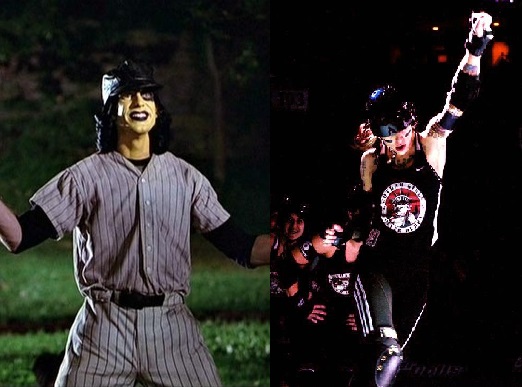
Now, if you think this already sounds like four of the best hours in gaming you’d be right, but you’d only be grasping the very tip of this iceberg of insanity.
This was not my first experience with the patented Brodeur You Tell Me system. That was Fear the Con 8, wherein we played members of GWAR cutting a swath of destruction across the globe. This was Brodeur’s first outing with his freshly minted You Tell Me system. The character sheets had no stats, only descriptive phrases similar to aspects from fate divided into different categories, along with three different resource pools each tied to one catagory of aspect. When asked what a given aspect meant, Brodeur’s response was typically “You tell me!” Rolls were done on a D12, the most metal of all dice.

If my recollection of this bit seems fuzzy, it’s because most of it stopped mattering less than an hour into the game. None of those resource pools gave you rerolls, you see. They only gave you a small flat bonus if you spent one and used an aspect that would be beneficial, and if you are familiar with GWAR, you can probably imagine what kind of aspects our characters had. What did matter was that the game did, in fact, have a reroll mechanic. That was where the fifth of Jack Daniels sitting at the table was for.
One shot, one reroll. No limits, and you could drink for your friends. As time passed, the cruft fell away until the aspects became guidelines and everything was dice, whiskey, and ultraviolence. It was glorious.
From the beginning of this new chapter, the cruft was already trimmed. We had character sheets, and they had words on them, but it was up to us to tell Brodeur what they meant. There were rules for sustaining injury, in the form of addditional aspects on note cards, but I’m pretty sure I was the only one who took one in the form of “Flaming Shrapnel Based Non-Vital Brain Injury.” We were Hatchetation Nation. I played the only male character at the table, team skate mechanic/toady Lawrence Lickspittle. The team was headed by Victorious Vivian Voce, with “Zoom Zoom” Zoe Zooty serving as the Jammer and The MOAB Sweet Molly, Axel De Rosa, and Penny Wiseass serving as blockers and rounding out our team.
After being framed for murder at the gang/roller derby team moot, we had to make our way across town past the beret-sporting Che Gs, who largely perished in an unfortunate bus explosion, a Wizard of Oz themed gang whose name I’m fuzzy on now (Followers of Dorothy, I think) who we almost passed by peacefully until Molly had to point out that The Wiz was better, and the Baseball Furries, who really need no further introduction, all while our adventures were narrated by the silky smooth tones of the DJ Soulful White Boy.

The whole thing culminated in a showdown with the actual murderers and our roller derby rival, The VVitches, in a simultaneous battle between our leaders for control of the all important Boardwalk Ferris Wheel and a full blown roller derby to the death in which, short a player, Hatchetation Nation promoted Lawrence to team captain and he took to the rink, complete with skirt and halter-top cut tool vest.
Given the paired down mechanics and the alcohol tolerance of some of the players at the table, the game was ultimately a drinking game with a narrative. Not a single roll was failed the entire game. This was doubly impressive given that Axel Rosa’s player was already hammered when he got to the table (love ya Ryan) and Zoom Zoom’s player both wasn’t a whiskey drinker and was having unfortunate luck when the dice. During the big roller derby match, whenever the Jammer’s turn would come around, half the table would have shots prepared and we’d go down the line one by one giving him rerolls.
While the game was not quite as, em, ostentatious as the GWAR game (during the opening minutes of which one player just up and disappeared from the table), it was an amazing gonzo booze-fueled romp. While there may be things about the game mechanically that might be worth tweaking, I don’t know that they really matter in the long run. What I do know that I am deeply looking forward to next year’s Brodeur You Tell Me game, which I’ve been told is going to be Blaxploitation Thundercats based.
—
The rest of my trip was a blur of social mixing with my fellow nerds and more drinking. The following morning we gathered for brunch at Pieces, a board game cafe in St. Louis where I proceeded to drink more (hey I wasn’t driving and mimosas barely count) and dine on breakfast fried rice. Me, my friend Kevin, and Chad, the guy who ran Spiders of My Mind sat around and reflected on the weekend. Also, I learned what a slinger was. I don’t know if my life is better or worse for that piece of knowledge. I’ll likely only be able to make that judgement for sure once I’ve tried one.

Fear the Con isn’t the biggest con. There are a lot of things, like panels, cosplay, and guest signings, that Fear the Con just doesn’t really do. But, what Fear the Con does, it does better than any other con I’ve ever been to. What Fear the Con does is gaming. What Fear the Con does is community. What Fear the Con does, I’d argue it does better than cons ten times it’s size, and it doesn’t even charge you a fee at the door.
The organizers have already announced that they do intend to run a Fear the Con XI. It will be funded by kickstarter, just as this last one was. If you’re interested, I’d recommend going to the Fear the Boot forums and asking around. If you need to set up a room share when the time comes around that is where you will need to be. If you need a ride, people come from all over, and it is entirely possible that someone is passing through your area on the way into town. The Fear the Boot community wants nothing more than for more people to get to come and have a great time.
I want to say thanks to everyone I gamed with, everyone who played in a game I ran, and everyone who ran a game I played in. I’d like to thank Kevin, my good friend, who took a risk and took me at my word that this was going to be a good time. I want to thank the organizers, Adam Gottfried, Derek Knutson, and Bob Arens, and everyone who helped out. I want to thank the Fear the Boot hosts who have been at the core of this community, as well as the hosts of all of the other podcasts that have sprung up around the Fear the Boot forums and community.
I’m going to be there next year. You should consider being there, too.

